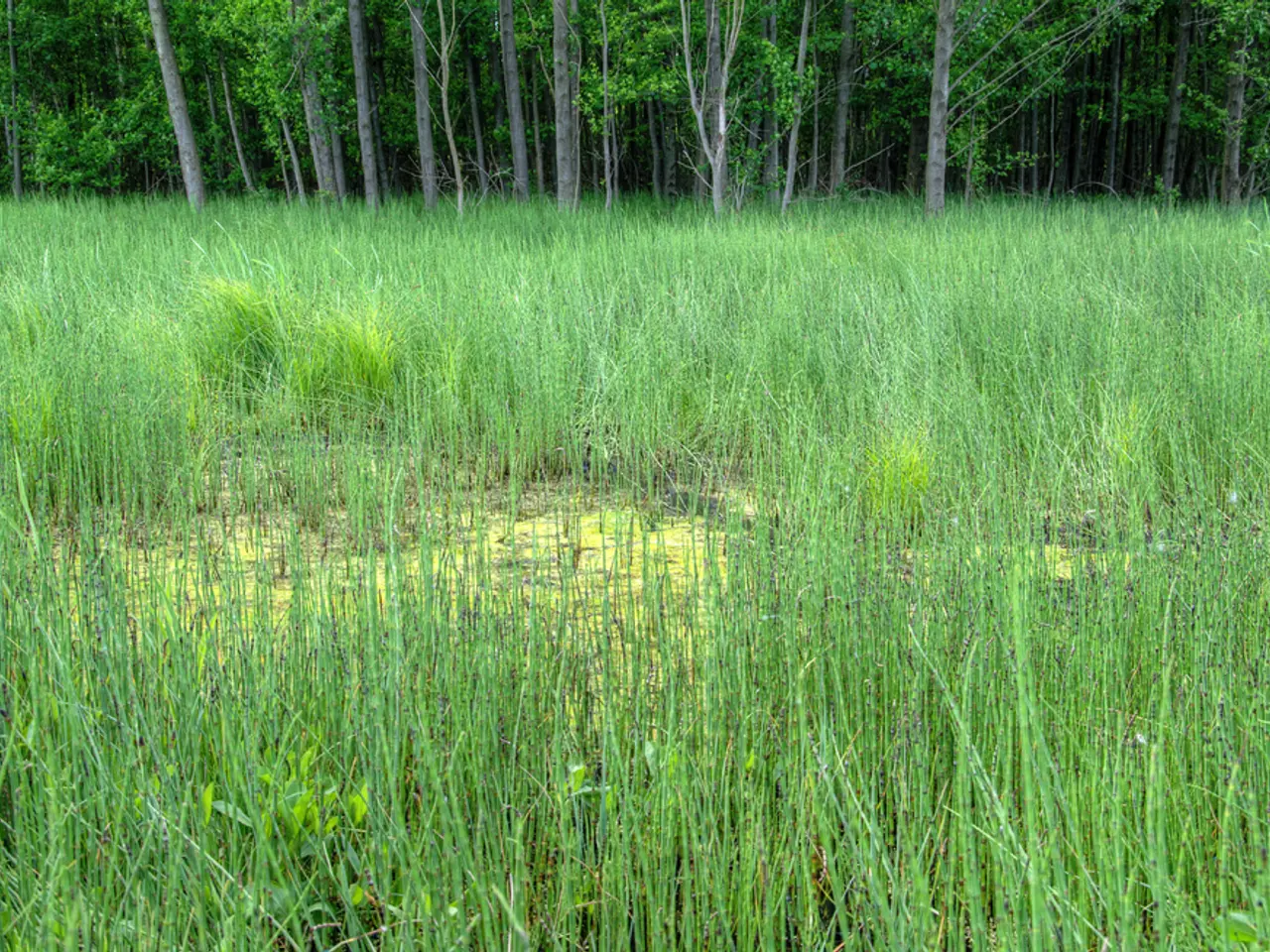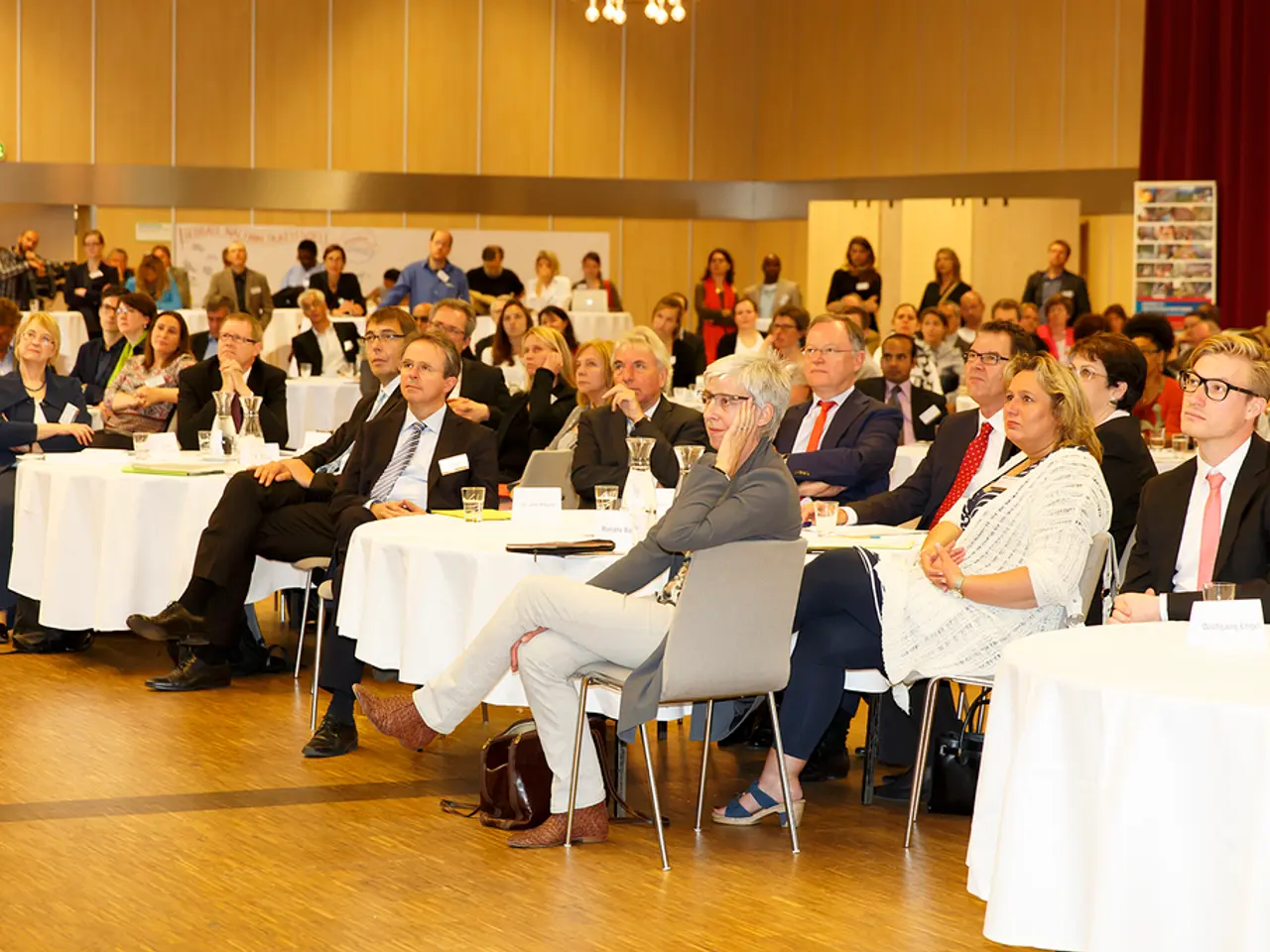Monitoring Systems in Sustainable Agriculture Operations
Sensor networks in permaculture are digital systems that collect real-time data for better decision-making, revolutionizing the way farmers manage their land. These Internet of Things (IoT) sensors provide precise, real-time environmental monitoring, optimizing water and nutrient use, and enabling climate control to reduce plant stress [1].
By integrating sensor data with digital dashboards and AI tools, permaculture practitioners can manage farms more holistically, focusing on soil health, biodiversity, carbon capture, and the overall ecosystem function [3][5]. This transformation from guesswork to precision management is made possible by data-driven approaches [1].
A key example of sensor network use is the monitoring of soil moisture and temperature, which can alert farmers when irrigation is required, preventing overwatering and related issues like fungal rot. Temperature and humidity sensors can automate greenhouse climate control, reducing plant stress and improving quality [1]. Soil nutrient sensors help maintain nutrient balance by guiding the targeted application of organic amendments, crucial for sustaining soil fertility while adhering to permaculture principles [1].
Intelligent sensor networks can now analyze thousands of data points per second, providing farmers with key information on soil, crops, and the environment [1]. Advanced apps for farming offer insights on crop health and soil conditions, while autonomous data collection through smart drones provides detailed and accurate information about farm conditions [1].
Collaboration is the cornerstone of sustainable technological advancement in agriculture. NGOs, high-tech companies, new farming startups, research schools focused on solving environmental problems, and governments are working together to create new tools and apps for sustainable farming [1]. This collaboration is essential for developing targeted grant programs, creating tax incentives for sustainable technology implementation, and supporting research and development in precision agriculture [1].
Strategic partnerships help non-governmental groups tackle farming issues, particularly in cities and places with limited resources. Community programs are key in sharing knowledge about permaculture digital tools, helping spread the word and teach people new skills [1].
The future of farming lies in intelligent, adaptive policy-making that supports technological innovation while protecting ecological systems. Virtual reality and simulation tools are changing farming, helping farmers design and plan better [1]. Online courses, workshops, and educational resources, such as the Permaculture Research Institute and universities, offer opportunities to learn about permaculture technology [1].
Permaculture apps offer tools for planning and simulating designs, helping visualize and track ecosystems, leading to more productive and resilient farms [1]. These tools help farmers work smarter, not harder, and can now use data to grow more food while protecting the environment [1].
In summary, sensor networks in permaculture support sustainable farming by:
- Providing precise, real-time environmental monitoring
- Optimizing water and nutrient use with minimal waste
- Enabling climate control and reducing plant stress
- Enhancing soil and ecosystem health through informed management
- Integrating digital tools to foster holistic farm stewardship and ecosystem resilience [1][3][5].
References:
[1] "Sensor Networks in Permaculture: A New Era for Sustainable Farming." (2022). Permaculture Research Institute.
[3] "AI and IoT in Permaculture: A Game Changer for Sustainable Agriculture." (2021). Sustainable Agriculture Magazine.
[5] "The Future of Sustainable Farming: A Look at Permaculture and Technology." (2020). The Guardian.
- The integration of sensor networks in permaculture revolutionizes water management, offering precise, real-time data for better decision-making and optimizing water use.
- Sensor networks in soil health monitoring provide farmers with crucial information about moisture, temperature, and nutrient levels, enabling them to maintain a balanced ecosystem and adhere to permaculture principles.
- In partnership with NGOs, high-tech companies, and educational institutions, communities are collaborating to share knowledge about companion planting, biodiversity, and regenerative farming practices.
- Technology innovation, such as intelligent sensor networks, autonomous data collection through smart drones, and AI tools, significantly contributes to sustainability and environmental-science, allowing farmers to work smarter and more efficiently.
- Education-and-self-development resources, including online courses, workshops, and permaculture research institutes, offer farmers the opportunity to learn about the latest technology and techniques in sustainable farming and lifestyle.
- To promote sustainability, governments should implement adaptive policies that support environmental-science and technology, while protecting the biodiversity of ecosystems and encouraging community collaboration for a more resilient future.




